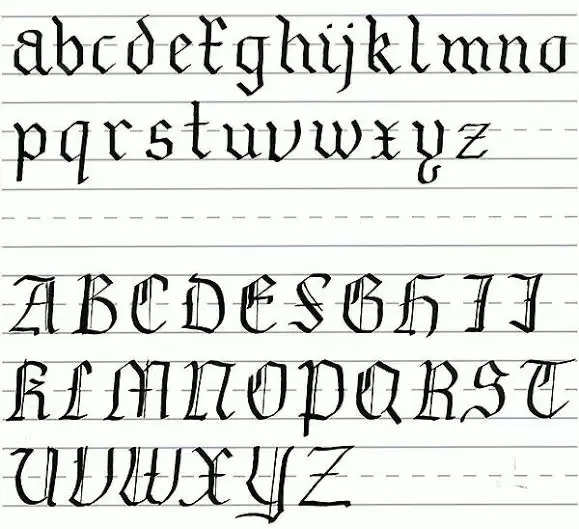Top 10 Examples Of Good Handwriting In 2023

Some famous handwriting styles that are often praised for their beauty and legibility. Here are ten examples of good handwriting from history:
1. Spencerian Script:

This style was named after its creator, Platt Rogers Spencer, who developed it in the mid-19th century. It was widely used in the United States for both personal and business correspondence, and was known for its elegant, flowing style. The script features long, looping strokes, and emphasizes the connections between letters.
2. Palmer Method:

Austin Norman Palmer developed this style in the late 19th century as a simplified and more legible alternative to the ornate scripts that were popular at the time. The Palmer Method features simple, rounded letters with minimal flourishes, making it easy to read and write quickly.
3. Copperplate:

This style is characterized by its elaborate, flowing flourishes and is often used for formal invitations and documents. It was popular in the 18th and 19th centuries, and features a slanted, elegant look with highly decorative loops and curves.
4. Italic:

This style dates back to the 15th century, when it was developed in Italy as a more legible alternative to Gothic scripts. Italic features a sloping, cursive style with thick and thin strokes, and is still widely used today.
5. Gothic:

Also known as Blackletter, this style was popular in medieval Europe and features tall, blocky letters with highly decorative flourishes. Gothic scripts can be difficult to read for modern readers due to their highly stylized appearance.
6. Roundhand:

This style was developed in the 17th century as a more legible alternative to Gothic scripts. It features rounded, flowing letters that are easy to read and write quickly.
7. Humanist:

Developed during the Italian Renaissance, this style is known for its naturalistic, expressive look. It features a more organic, flowing appearance than earlier Gothic scripts.
8. Blackletter:

This script was widely used in Germany during the Middle Ages and features tall, angular letters with highly stylized flourishes. It can be difficult to read for modern readers due to its highly decorative appearance.
9. Uncial:

This style was used in medieval Europe and features rounded, simple letters that are easy to read and write. It is known for its simple, unadorned appearance.
10. Spencerian Modified:

This is an updated version of the original Spencerian script, which features a more contemporary look while maintaining the flowing, elegant style of the original. It is often used in calligraphy and other artistic applications.



